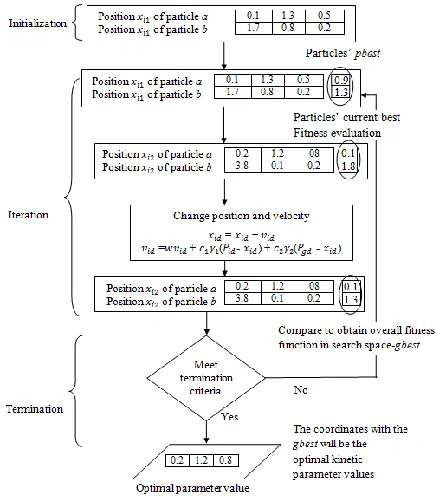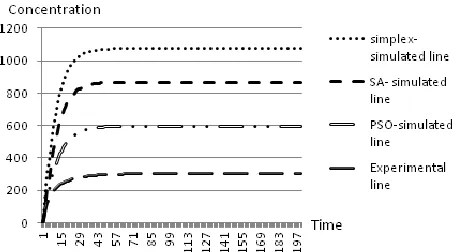Estimating kinetic parameters for essential amino acid production in arabidopsis thaliana by using particle swarm optimization
Full text
Figure
![Figure 1 Phases of mathematical modelling [2]](https://thumb-us.123doks.com/thumbv2/123dok_us/1320910.1164912/2.612.129.244.105.624/figure-phases-mathematical-modelling.webp)



Related documents
Results: In order to characterize the role of the ependymal barrier in the immunopathogenesis of NCC, we isolated ependymal cells using laser capture microdissection from mice
tific and technological development, organized by the Turkish National Committee for the Alliance of Civilizations and the Scientific and Technological Research Council of Turkey
FABRE Jean Michel 34295 Montpellier Cedex 5 Hôpital st éloi 2 av bertin Sans PU2. NAVARRO Francis 34295 Montpellier Cedex 5 Hôpital st éloi 2 av bertin
In our paper, we will be simulating and analzying the three different protocols on-demand (AODV), Proactive ( DSDV) and hybrid routing protocol (ZRP) in
The novel method allows transient calculation of temperature distribution across the DC space with reasonably computational time reaching adequate level of
WHAT THIS STUDY ADDS: General unintentional (including exploratory) exposures and therapeutic errors comprised 87.4% of poison center calls in this age group.. Quantitative
p27 Kip1 loss in mice can increase tumor formation [4], and p27 Kip1 haploinsufficiency has been further supported by studies using the Patched1 [GenBank: NM_008957] heterozy- gous
is a semi synthetic paclitaxel derived from European yew, which has been widely applied in the clinical treatment of gastric, non-small cell lung (NSCL), ovarian, and breast cancers

